
AeroGenie — あなたのインテリジェントな副操縦士。
現在のトレンド
Categories
Joby Aviation Advances Electric Air Taxi Development
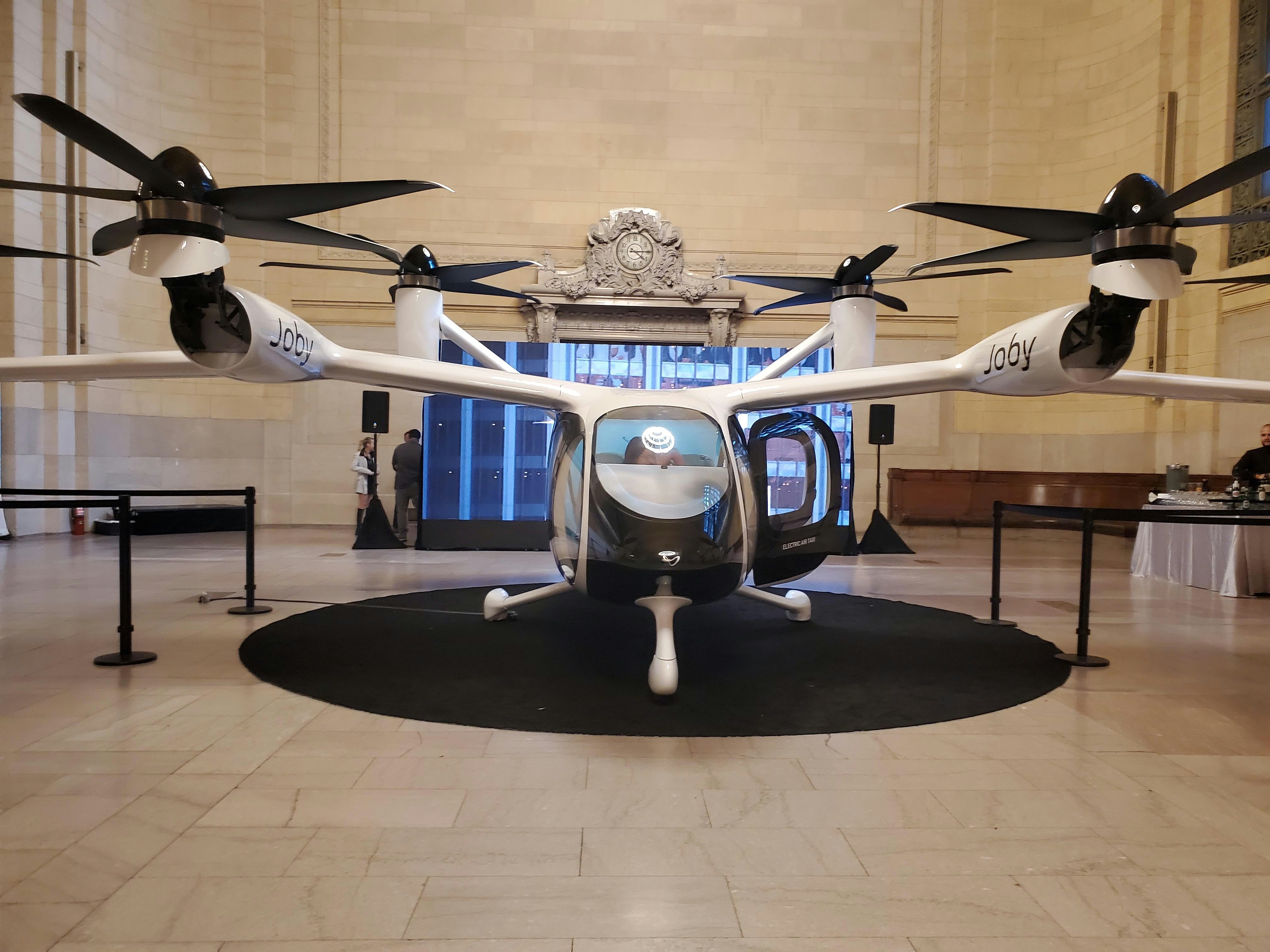
Joby Aviation Advances Electric Air Taxi Development
Progress in Urban Air Mobility
Joby Aviation is rapidly transforming its vision of faster, more efficient urban travel into a tangible reality with the advancement of its electric air taxi. At a press conference held on November 10, the company highlighted significant progress in aircraft development, with engineers, staff, and Congressman Mike Turner (OH-10) expressing optimism about the next phase. Since July, Joby has converted an empty warehouse at Dayton International Airport into a dynamic center for innovation, where the design and production of its unique aircraft—a hybrid of drone and personal helicopter technology—are underway.
The air taxi features 30 blades distributed across six hubs, necessitating the manufacture of thousands of precision components. This intricate production process not only pushes forward Joby’s technical ambitions but also generates employment opportunities in assembly, engineering, and piloting, providing economic benefits to communities such as Dayton.
Making Air Taxis Accessible
Once a concept confined to science fiction, flying cars are becoming increasingly feasible as Joby works to make air taxis accessible for everyday use. The company envisions quiet, vertical takeoffs and landings, demonstrated in videos showcasing flights from LaGuardia Airport to downtown Manhattan. Dan Robinson, Joby’s Site Manager for Government Flight Simulators in Springfield, Ohio, indicated that a ride in a Joby air taxi is expected to be priced comparably to an Uber Black, suggesting that this mode of transport could soon be within reach for many Americans. Strategic partnerships with Uber and Delta further reinforce Joby’s ambition to integrate air taxis into existing urban transportation networks.
Challenges and Market Competition
Despite these advancements, Joby faces considerable challenges, including regulatory approval and the complexities of integrating new technology into dense urban environments. The competitive landscape is intensifying, with companies like Archer Aviation making notable progress. For instance, Korean Air has expressed interest in acquiring up to 100 of Archer’s four-passenger Midnight aircraft, while ANA is expanding its eVTOL air taxi alliance with Joby. Globally, cities such as Tokyo are preparing to launch commercial urban air taxi services by 2030, reflecting a growing enthusiasm for this emerging market.
Expanding into Defense Markets
In addition to its civilian projects, Joby is developing a military variant of its air taxi, which has already undergone successful testing. This diversification positions the company to enter defense markets, extending its influence beyond urban transportation.
Joby Aviation’s ongoing developments represent a significant milestone for both the future of transportation and local economies. Dayton, historically recognized as the birthplace of aviation, is now emerging as a hub for innovation, with Joby’s efforts promising not only faster travel but also new employment opportunities for American workers.

How Volcanic Ash Disrupts Aircraft Engines

Ethiopia Volcanic Ash Plume Poses Risk to Aviation, DGCA Issues Warning
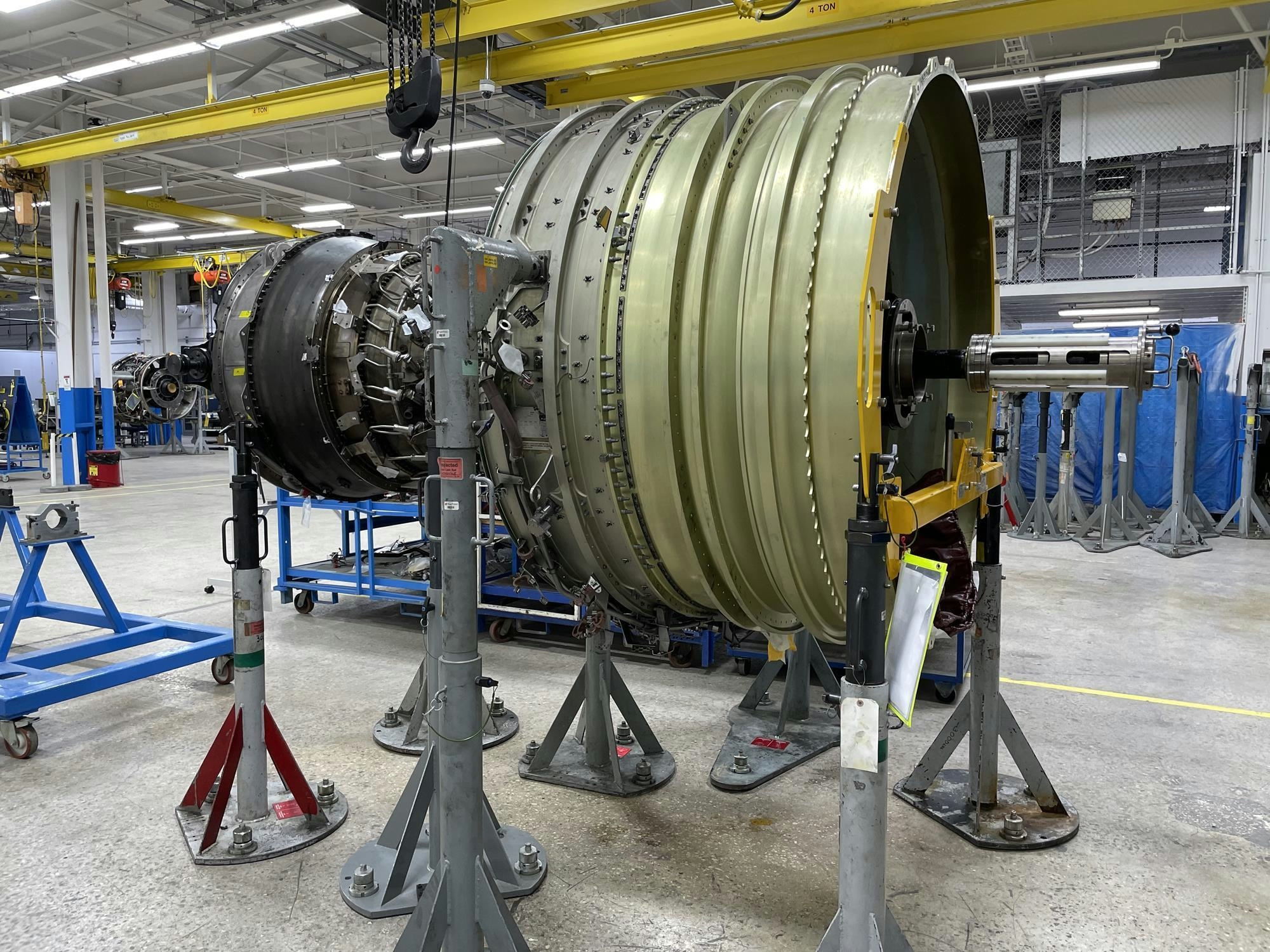
SIA Engineering and Safran to Expand LEAP Engine Maintenance Partnership
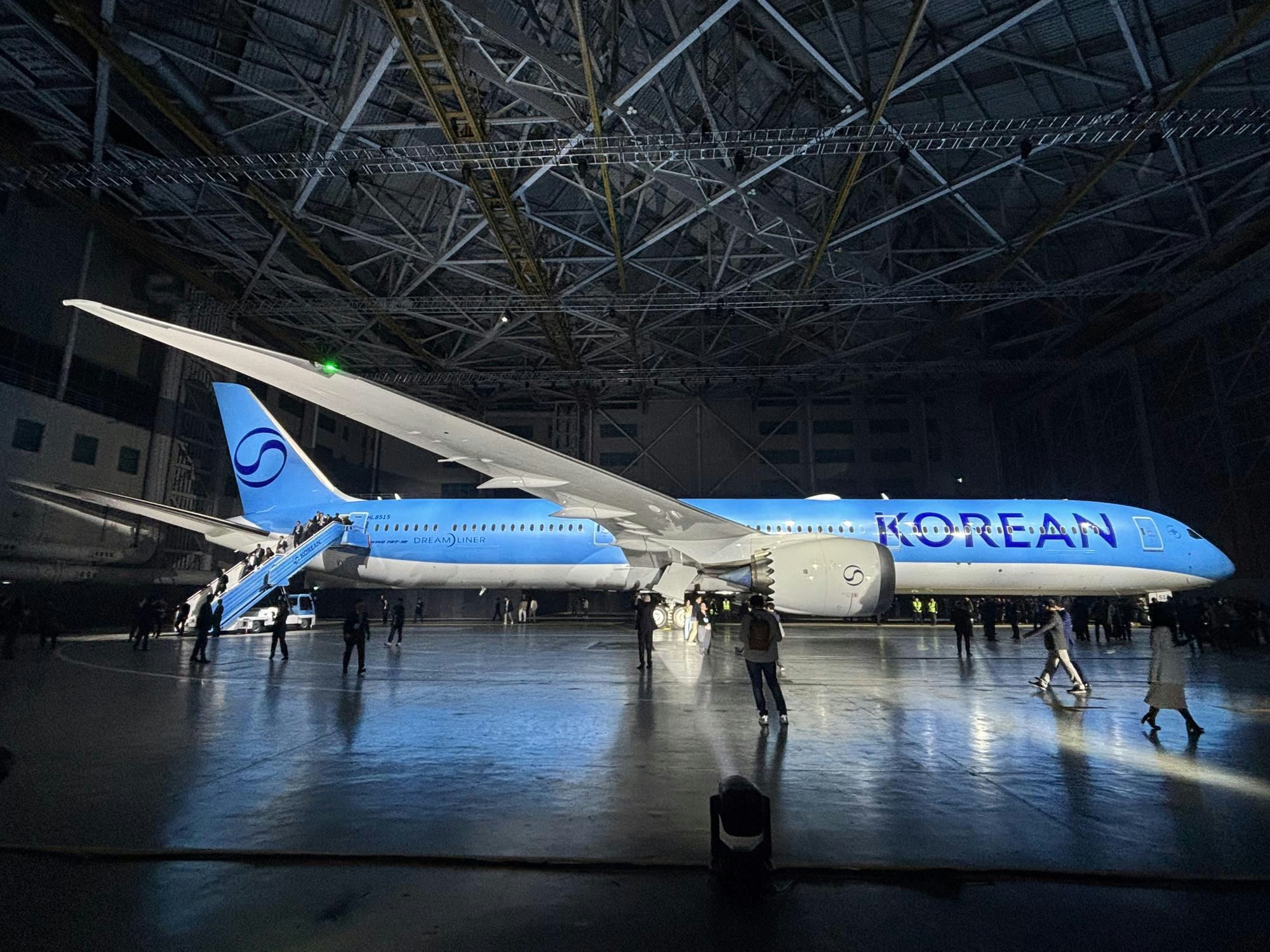
Korean Air to Build New MRO Facility at Seoul Incheon Airport
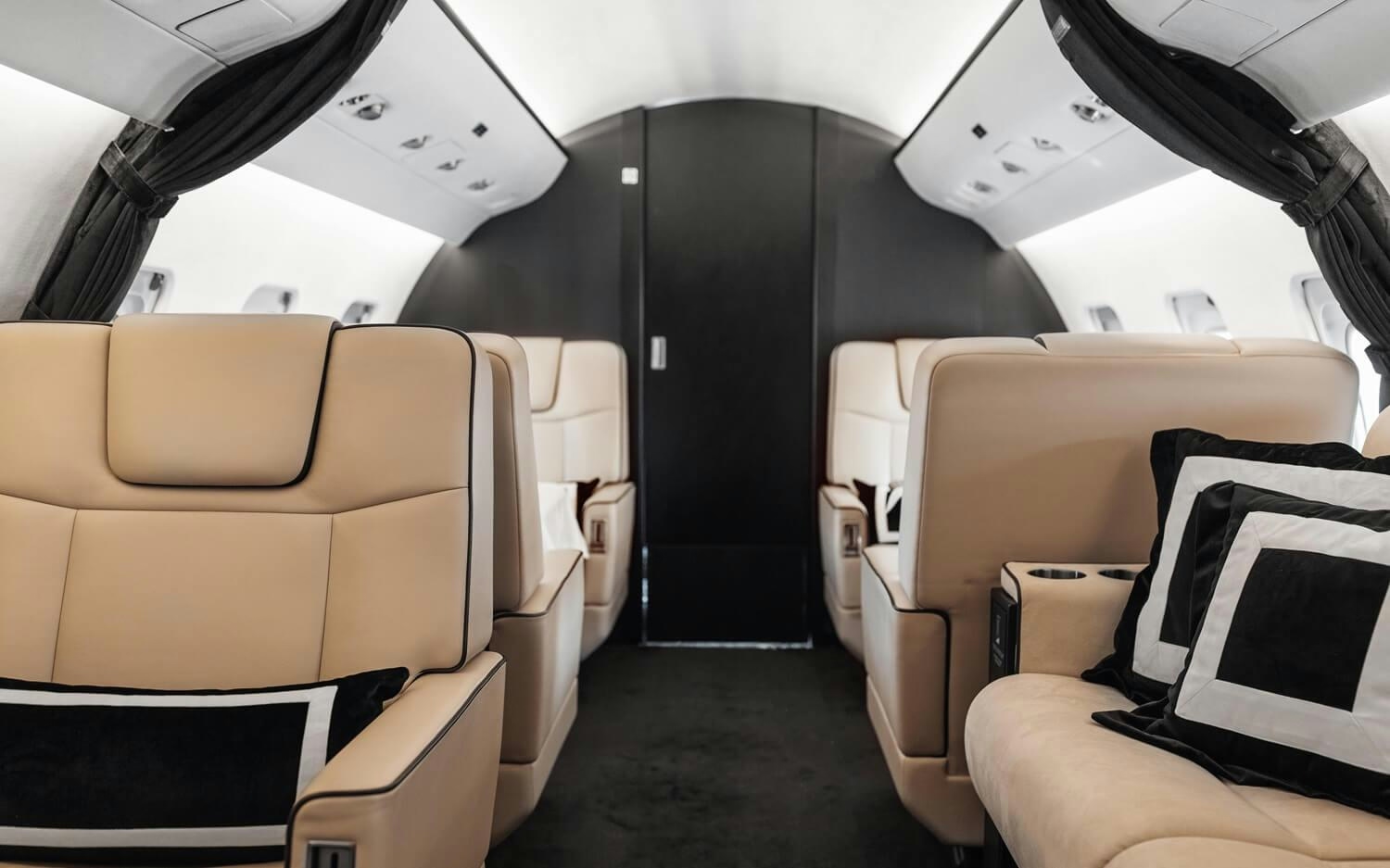
The Continued Importance of Charter Flight Cost and Time Estimators for Business Aviation
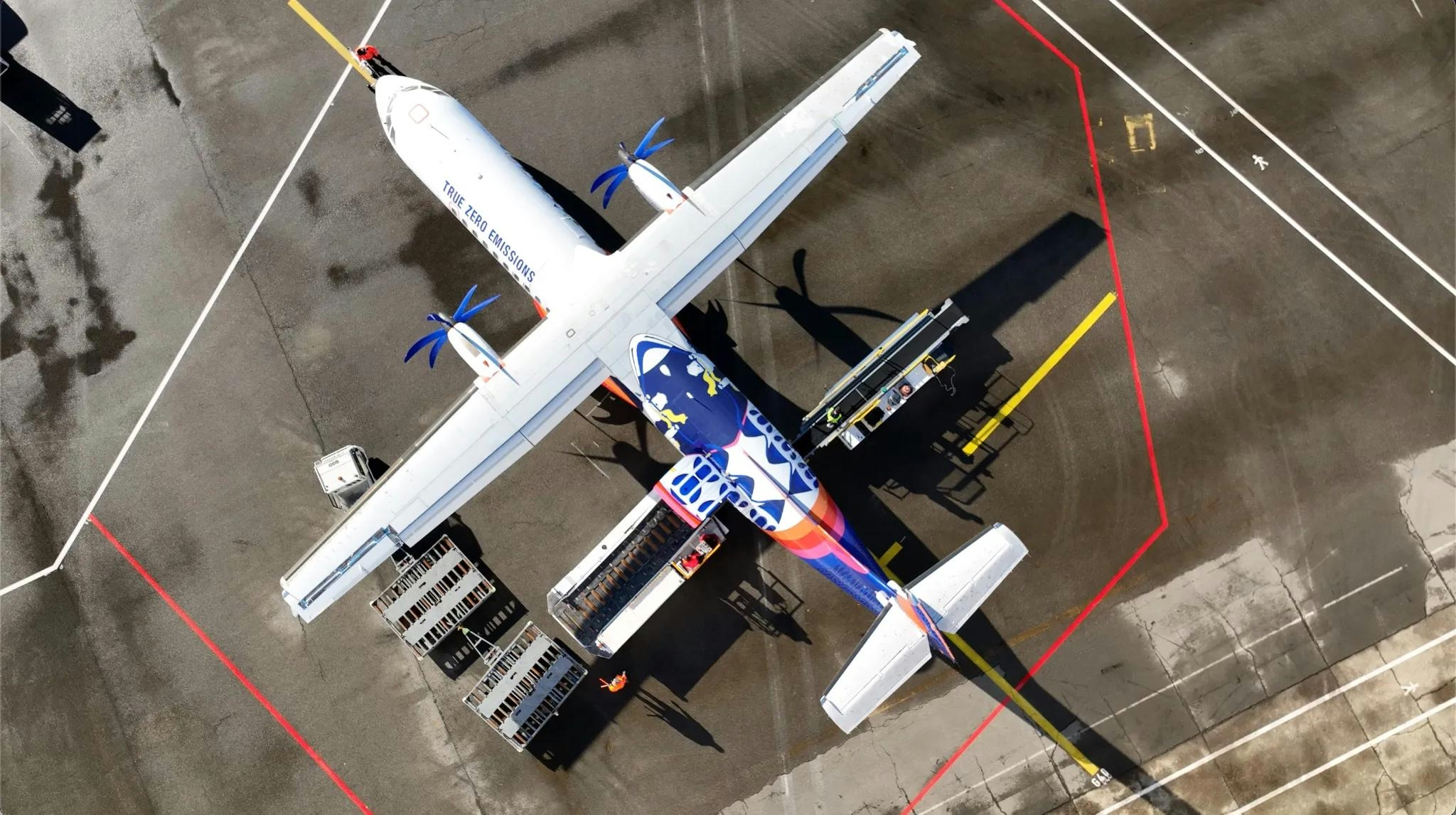
Pivot Airlines to Acquire First DHC-8-Q300 Aircraft

Global Aviation Market Projected to Reach $524 Billion by 2030

Boeing Subsidiary Unveils Pilotless Air Taxi
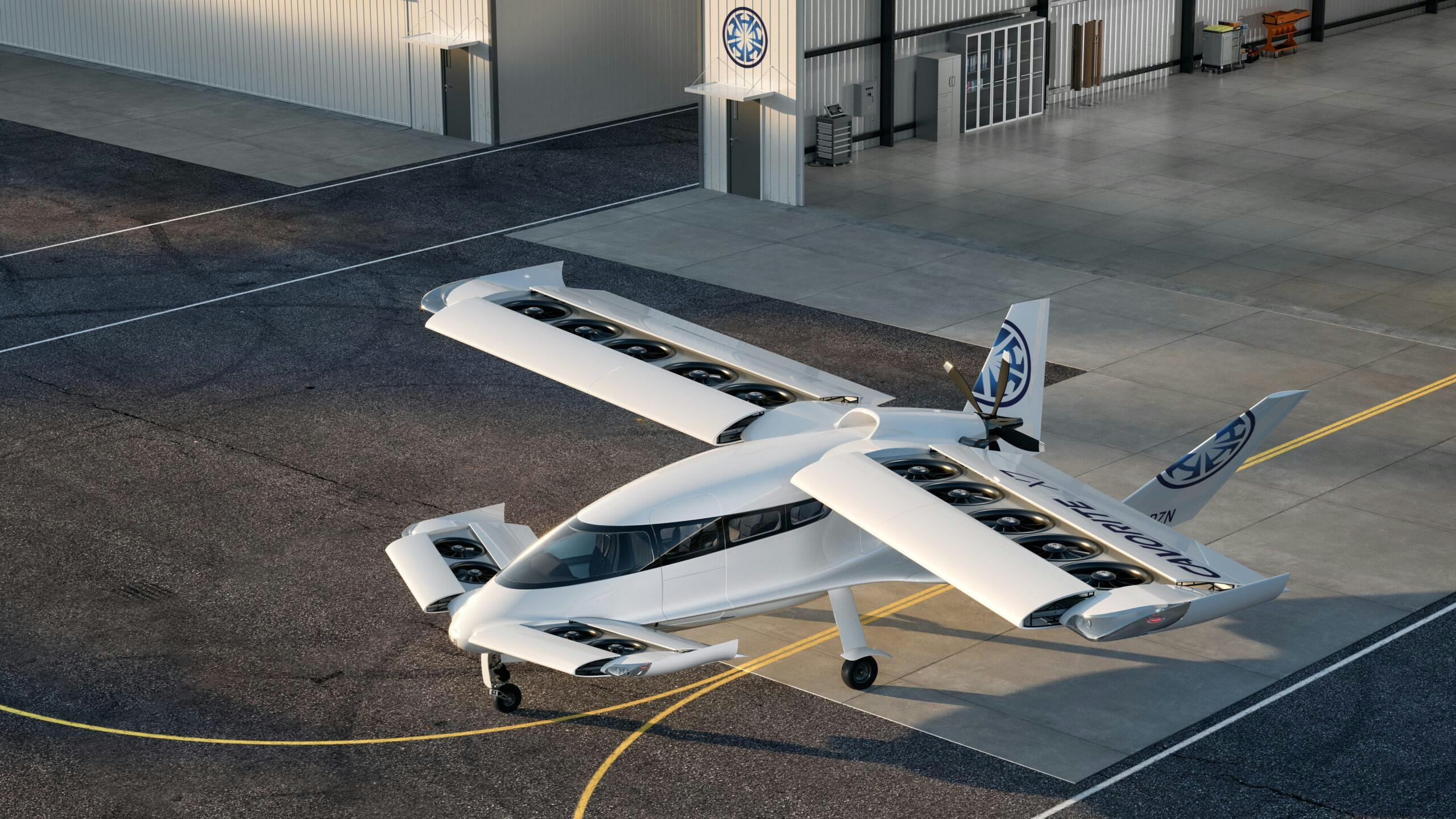
Horizon Progresses Cavorite X7 Toward IFR-Certified Flight
